- 29 April 2016
- Magazine
-
(문화) 세상에서 가장 비싼 물건은 무엇인가?아름다운 인생/문화 2016. 5. 1. 18:44
출처: http://www.bbc.com/news/magazine-36160368
What is the most expensive object on Earth? 지구상에서 가장 비싼 물건은 뭔가?
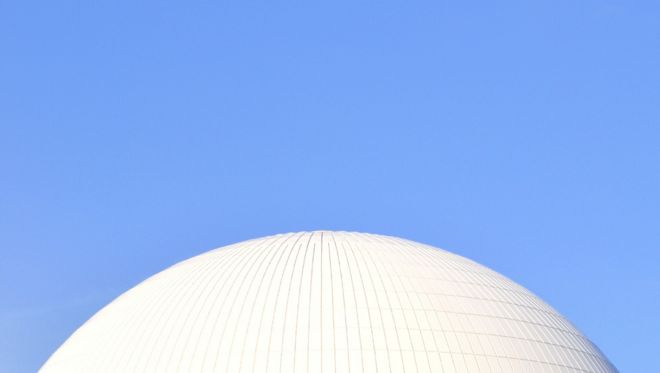 iStock
iStockTrue or false? A new nuclear power station in the south-west of the UK will be the most expensive object on Earth. That's the claim about the proposed plant at Hinkley Point in Somerset - but has anything else ever cost so much to build? 영국의 남서쪽에 짓게 될 원자력발전소가 지구상에서 가장 비싼 물건이 될 것이다. 영국 소머셋 힝클리에 짓게 될 발전소 얘기다. 그러나 그 외에 건축비용이 엄청난 것들이 있을까?
"Hinkley is set to be the most expensive object on Earth… best guesses say Hinkley could pass £24bn ($35bn)," said the environmental charity Greenpeace last month as it launched a petition against the project. 힝클리는 지구상에서 가장 비싼 물건이 될 것이다. 이 원자력 발전소 건설비용은 350억달러(한화 35조원)를 초과할 수도 있다.
This figure includes an estimate for paying interest on borrowed money, but the financing arrangements for Hinkley C are so opaque that it is impossible to calculate exactly what the final cost will be. 그러나 이 가격은 빌린 돈에 대한 이자도 포함하고 있다. 게다가 힝클리 C에 대한 자금조달방법이 아직 불투명해 최종 가격이 얼마나 될지 정확히 계산하기가 불가능하다. (opaque: 불투명한)
Even if you stick with the expense of construction alone, though, the price is still high - the main contractor, EDF, puts it at £18bn ($26bn). 순전히 건축비용만 본다해도 가격이 여전히 높은 편이며, 주계약업체 EDF는 260억달러(한화로 26조원)로 추산하고 있다.
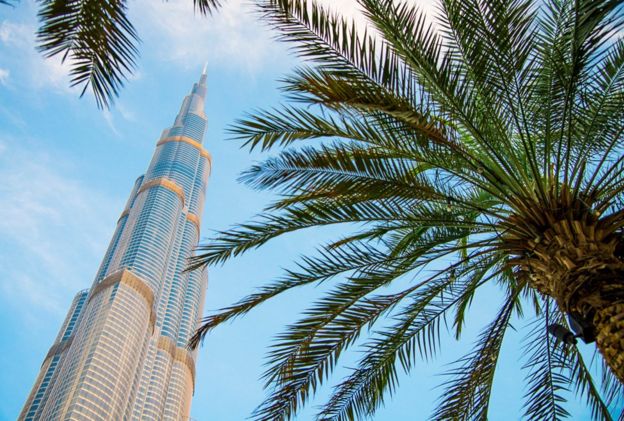 iStock
iStockFor that sum you could build a small forest of Burj Khalifas - the world's tallest building, in Dubai, cost a piffling £1bn ($1.5bn). You could also knock up more than 70 miles of particle accelerator. The 17-mile-long Large Hadron Collider, built under the border between France and Switzerland to unlock the secrets of the universe, cost a mere £4bn ($5.8bn). 그 액수(260억달러/한화 26조원)면, (1) 두바이에 있는 세계 최고층 빌딩을 여러 동 짓는다해도, 하찮은 액수인 15억불(한화로 1.5조)이면 떡을 친다. (2) 70마일 이상 길이의 입자가속기도 만들어낼 수 있다. (3) 우주생성의 비밀을 풀기 위해, 프랑스와 스위스 국경 지하에 만들어진 17마일 길이의 강입자충돌기도 고작 58억달러(한화로 5.8조원)이다 . (piffling: 하찮은, 시시한) (knock up: 힘들이지 않고 만들어내다) (particle accelerator: 입자가속기) (Large Hadron Collider: 강입자충돌기)
The most expensive bridge ever constructed is the eastern replacement span of the Oakland Bay Bridge in San Francisco, designed to withstand the strongest earthquake seismologists would expect within the next 1,500 years. That cost about £4.5bn ($6.5bn). 세상에서 가장 돈이 많이 투입된 다리는 샌프란치스코의 오클랜드灣橋(만교)의 대체물이다. 이 대체물은 차후 1,500년 동안 예상되는 최강의 지진에 버틸 수 있도록 설계되었다. 가격은 약 65억달러(한화로 6.5조원)이다.
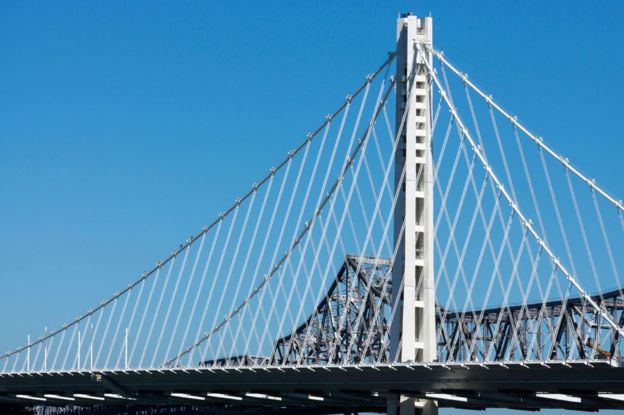 Alamy
AlamySo why is Hinkley C so expensive? 힝클리 C가 그렇게 비싼 이유
"Nuclear power plants are the most complicated piece of equipment we make," says Steve Thomas, emeritus professor of energy policy at Greenwich University. (1) 원자력발전소의 설비는 여러 장비들 중 가장 복잡하기 때문.
"Cost of nuclear power plants has tended to go up throughout history as accidents happen and we design measures to deal with the risk." (2) 원자력발전소의 가격은 사고가 나면서 가격이 계속 상승하는 추세.
In comparison, the UK's newest nuclear power station, Sizewell B, which was completed in 1995, only cost £2.3bn ($3.4bn), or £4.1bn ($6bn) at today's prices.
No nuclear power plants have been completed in Europe this century - those that have been built in recent years are in countries such as China or India, and Thomas believes figures for these, where they exist, are not reliable.
So what about historic buildings - could the Great Pyramid of Giza put Hinkley C in the shade?
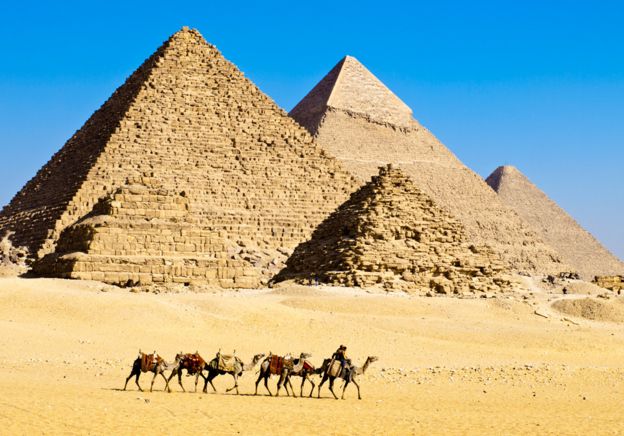 iStock
iStockWorking out the cost of something built more than 4,500 years ago presents numerous challenges, but in 2012 the Turner Construction Company estimated it could build the pyramid for between £750m ($1.1bn) and £900m ($1.3bn).
That includes about £500m ($730m) for stone and £40m ($58m) for 12 cranes. However, it projected that a mere 600 staff would be necessary - it took 20,000 people to build the original pyramid at a time when the only cranes in sight were the winged, feathery type.
And the cost to Pharaoh Khufu? For two decades, workers are believed to have laboured on the pyramid for four months a year, during the annual Nile flood when the fields they normally tended were submerged. That amounts to 48.4 million days of labour. A further 4,000 people are thought to have worked year-round, giving a total figure of 77.6 million days' labour. Using the current Egyptian minimum wage of £3.93 ($5.73) a day, that gives a labour cost of £305m ($445m).
Using modern labour rates is not as strange as it might seem. A contemporaneous inscription reveals labourers received 10 loaves of bread and a jug of beer per day. Archaeological evidence suggests the pyramid builders also received meat and fish, and in modern Egypt 10 loaves, a can of Coca-Cola and a portion of beef or fish costs about £4 ($5.80).
Find out more
- More or Less is broadcast on BBC Radio 4 and the World Service
- Download the More or Less podcast
- More stories from More or Less
And the Pharaoh didn't have to pay for raw materials.
"The king owned all the stone in the quarries," says Joyce Tyldesley, lecturer in Egyptology at Manchester University. "He couldn't sell this - nobody would have a use for it. His palaces and temples were made of mud brick and so were peoples' houses. Nobody would have the resources to buy it. It's a free resource."
She thinks the labour was effectively free too. Workers were paid with food that the pharaoh had gathered in as taxation.
"If he doesn't spend it on his workforce it won't last, he'll have to redistribute it another way," she says. "I would argue the entire pyramid-building experience was free."
In any case, a £500m stone bill plus £305m in wages are nowhere near Hinkley C.
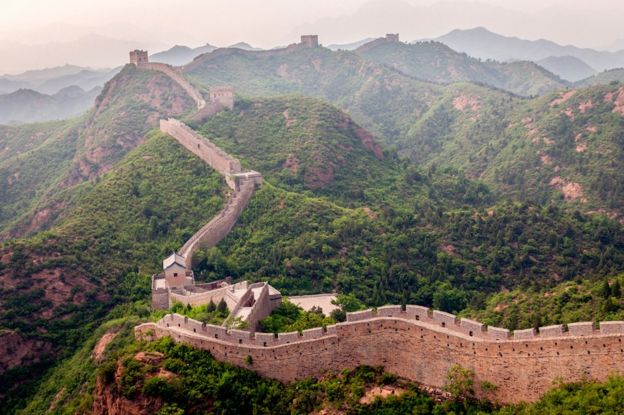 iStock
iStockThe Great Wall of China was an even bigger project than the pyramid. At 5,500 miles long, its mass is almost certainly greater. But it is actually a large number of walls, pieced together over two millennia, stretching the definition of "object".
Back in the modern era, neither Heathrow Terminal 2 (£2.3bn; $3.4bn) nor the new London railway Crossrail (£14.8bn; $21.6bn) can compete with Hinkley.
One current project, at first glance, does appear to be in the same ballpark as the power station. The royal family of Saudi Arabia is refurbishing the Grand Mosque in Mecca at a reported cost of about £16bn ($23bn). But this includes a new road and train line, among other things, so, once again, it stretches the definition of "object"
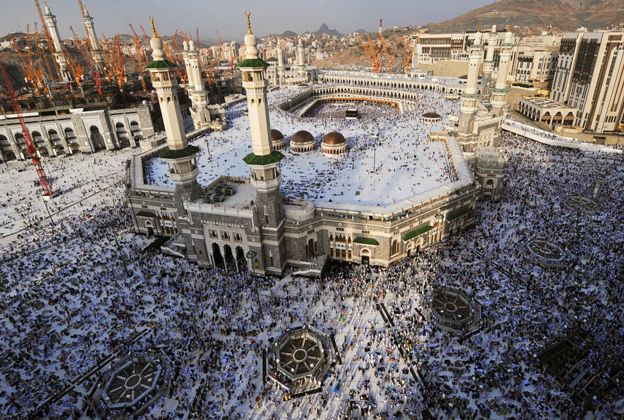 Getty Images
Getty ImagesAnother contender is Hong Kong International Airport, built in 1998 on an artificial island at a cost of £13.7bn ($20bn) - equivalent to £20.1bn ($29bn) at today's prices. That just pips EDF's estimate for the cost of Hinkley C (though remember, we are putting to one side the cost of financing the deal).
But these are all exceeded by the $54bn (£37bn) Gorgon liquefied natural gas plant built by Chevron in Australia. Built on Barrow Island off the country's north-west coast to process a huge off-shore gas field, it began production in March.
Even that will probably be overtaken one day, though. "We're just building two reactors at Hinkley. Turkey has a deal for four reactors, South Africa is about to launch a tender for six reactors," says Steve Thomas. "When you get round to a six-reactor order it's going to cost three times as much as Hinkley."
And whatever the most expensive object on Earth is, up in the sky is something that eclipses all of these things.
The International Space Station. Price tag: 100bn euros (£77.6bn, or $110bn).
 Alamy
Alamy
More from the Magazine
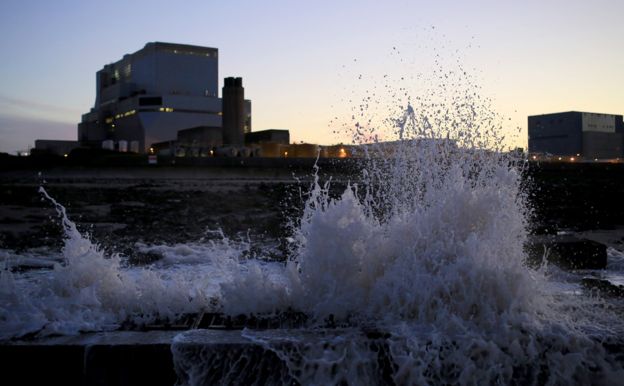 Getty Images
Getty ImagesThe UK's Hinkley Point nuclear power station has major backing from China. But why does the government need their help, asks Camila Ruz.
'아름다운 인생 > 문화' 카테고리의 다른 글
(문화) 새로 등재된 UN의 무형문화유산 (0) 2016.12.02 (문화/미국) 영화관에서 휴대폰 사용을 허용해야 하는가? (0) 2016.04.19 (문화/스포츠) 심판에게 레드 카드 빼어든 축구선수 (0) 2016.02.24 (문화) ALJAZEERA: The cost of beauty (한국의 성형수술에 대하여) (0) 2015.12.12 (문화) 유네스코 문화유산 20가지 속에 북한 김치와 아라비아 커피를 최근 인정 (0) 2015.12.03